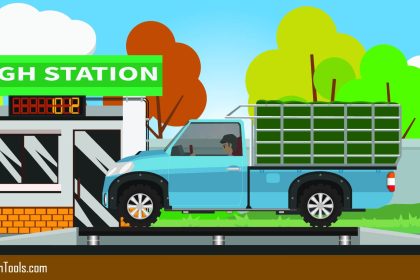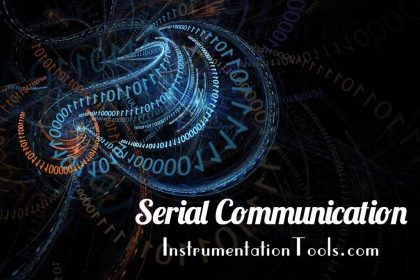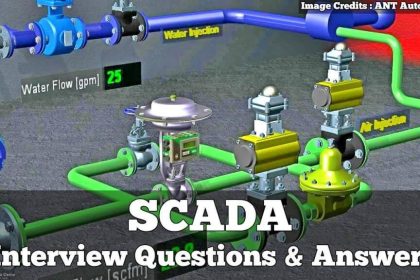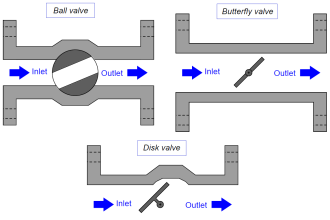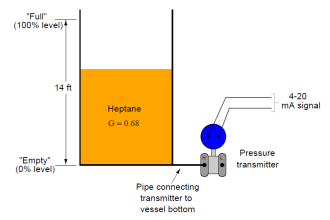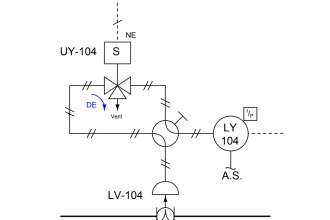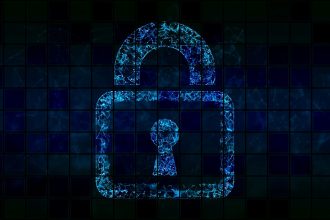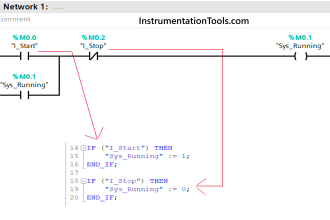Study the most frequently asked Interview Questions on Electronics and Instrumentation engineering to prepare for the job interview.
Electronics and Instrumentation Questions

1. What is a diode?
A diode consists of two electrodes (1) Anode (2) Cathode. The current flow is only in one direction.
A diode is the most basic solid state (semi conductor) device.The P. material has holes and the N. material has electrons.
Forward & reverse Bias :
1) Where the applied voltage overcomes the barrier potential (the p side is more positive than the n side) the current produce is large because majority carriers cross the junction in large numbers. This condition is called forward bias.
2) When the applied voltage aids the barrier potential (n side + ve than p side) the current in small. This state is known as Reverse Bias.
2. What is a filter used for ?
The half wave and full wave signals are pulsating D . C . voltages. The use of such voltages is limited to charging batteries, running D. C. motors, and a few other applications.
What we really have is a D.C. voltage that is constant in valve, similar to the voltage from a battery. To get a constant voltage from this, we can use a capacitor input filter.
3. What is zener Diode? What is a voltage Regulator?
The breakdown region of a p n diode can be made very sharp and almost vertical Diodes with almost vertical breakdown region are known as Zener Diodes.
A zener diodes operating in the breakdown region is equivalent to a battery. Because of this current through zener diode can change but the voltage remains constant. It is this constant voltage that has made the zener diode an important device in voltage regulation.
Voltage Regulator: The output remains constant despite changes in input voltage due to Zener effect.Also Read: Electronics Interview Questions & Answers
4. What is transistor? What are the different types?
A transistor is a three lagged semi conductor device. Basically a transistor means (transfer – resister). Whether the transistor is pnp or npn it resembles two diodes (back to back).
The one of the left is called emitter diodes, and the one on the right is the collector diode. Since two types of charges are involved transistor : are classified as bipolar devices.
Biasing the transistor: Emitter – Base: Forward Bias.
5. What is CB, CE and CC configuration ?
Collector – Base: Reverse Bias.
Buffer: A device or a circuit used to isolate two pt’ne circuits or stages. The emitter follows is a example of buffer.
Alpha = IC / IE Beta = IC / IE
6. How will you test a transistor with a multimeter. ?
l. Emitter +ve of meter and Base -ve output = Low resistance
2. Emitter -ve of meter and base +ve output = High resistance.
3. Collector +ve and Base -ve output = Low.
4. Collector -ve and base +ve output = High. Emitter : Collector = High Resistance.
PNP : Opposite Results.
7. What is a thyristor? What are its uses?
A thyristor is a special kind of semi conductor device that uses internal feedback to produce latching action.
Use: Used for controlling large amounts of load power in motors, heaters, lighting systems etc.
Explanation : Because of the unusual connection we have a +ve feedback also called regeneration. A change in current at any point in the loop is amplified and returned to the starting point with the same phase.
For instance if the 02 base current increases, the 02 collector current increases. This force base current through Ol. In turn this produces a large 01 collector current which drives the 02 base harder.
This build up in currents will continue until both transistors are driven in satoration. In this case the latch acts like a closed switch.
On the other hand, if something causes the 02 base current to decrease, the 02 collector current will decrease. This reduces the 01 base current. In turn, there is less 01 collector current, which reduces the 01 base current even more.
This regeneration continues until both transistors are driven into cut off. At this time the latch acts like a open switch. This latch will always stay in open or close position.
GENERAL INSTRUMENTATION QUESTION
1. What are Intrinsically safe system?
Intrinsic safety is a technique for designing elecrtical equipment for safe use in locations made nazandous by the presence of flammable gas or vapours in air.
“Defn. .” Intrinsically safe circuit is one in which any sparkor thermal effect produce either normally or under specified fault conditions is incapable of causing ingition of a specified gas or vapor in air mixture at the most easily ignited concentration.
HAZARDOUS AREAS : The specification of products or systems sold as intrinscially safe must state in what hazardous areas they are infact intrinsically safe. Universal cooling of hazadous areas has not, unfortunately, been adopted in all countries. However two sets of codiva in common use are.
2. What does a transmitter output stantfrom 3-15psi or (0.2 -1 Kg/em2) or 4 – 20 m.a. etc?
The transmitter output stance from what is known as “live zero”. This system has specific advantages:
l. The systems automatically alarms when the signal system becomes inoperative.
2. The output areas is linear ( Ratio of 1 : 5 ).
DEAD ZERO SIGNAL:
The advantage is that it does not have to be biased to true zero. A “Live zero” gives the computer additional information, so that it can takes appropriate alarm action in case of a measurement failure, because it can discriminate between a transmitter operating, but transmitting a zero measurement and a failure, in the signal system.
3. What is force balance and motions balance principle?
FORCE BALANCE PRINCIPLE : “A controller which generates and output signal by opposmg torque’s”.
The input force is applied on the input bellows which novas the beam. This crackles nozzle back pressure. The nozzle back pressure is sensed by the balancing bellows which brings the beam to balance. The baffle movement is very less about 0.002″ for full scale output.
MOTION BALANCE PRINCIPLE : “A controller which generates an output signal by motion of its parts”.
The increase in input signal will cause the baffle to move towards the nozzle. The nozzle back pressure will increase. This increase in back pressure acting on the balancing bellows, will expands the bellows, there by moving the nozzle upward. The nozzle will move untilits motion (almost) equals the input (baffle) motion.
Advantages of force Balance :
1. Moving parts are fever.
2. Baffle movement is negligible.
3. Frictional losses are less.Also Read: Electronics Questions & Answers
